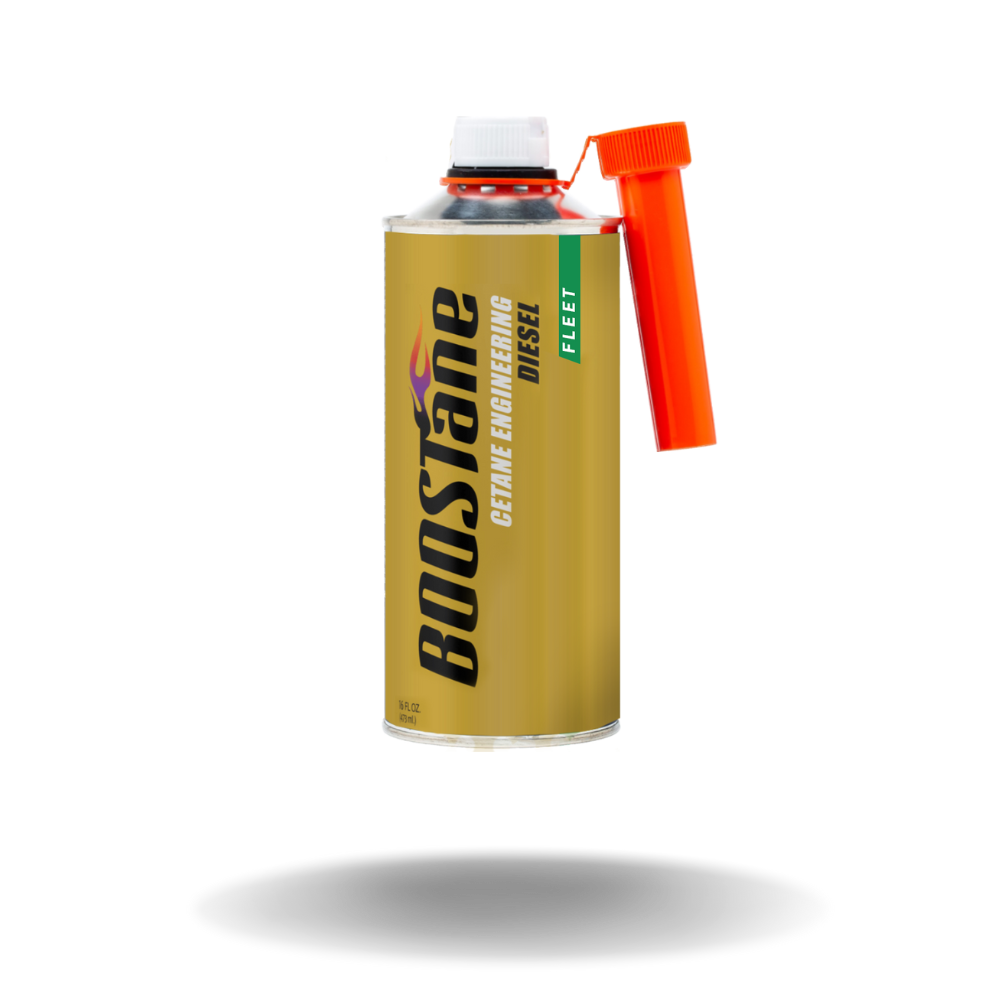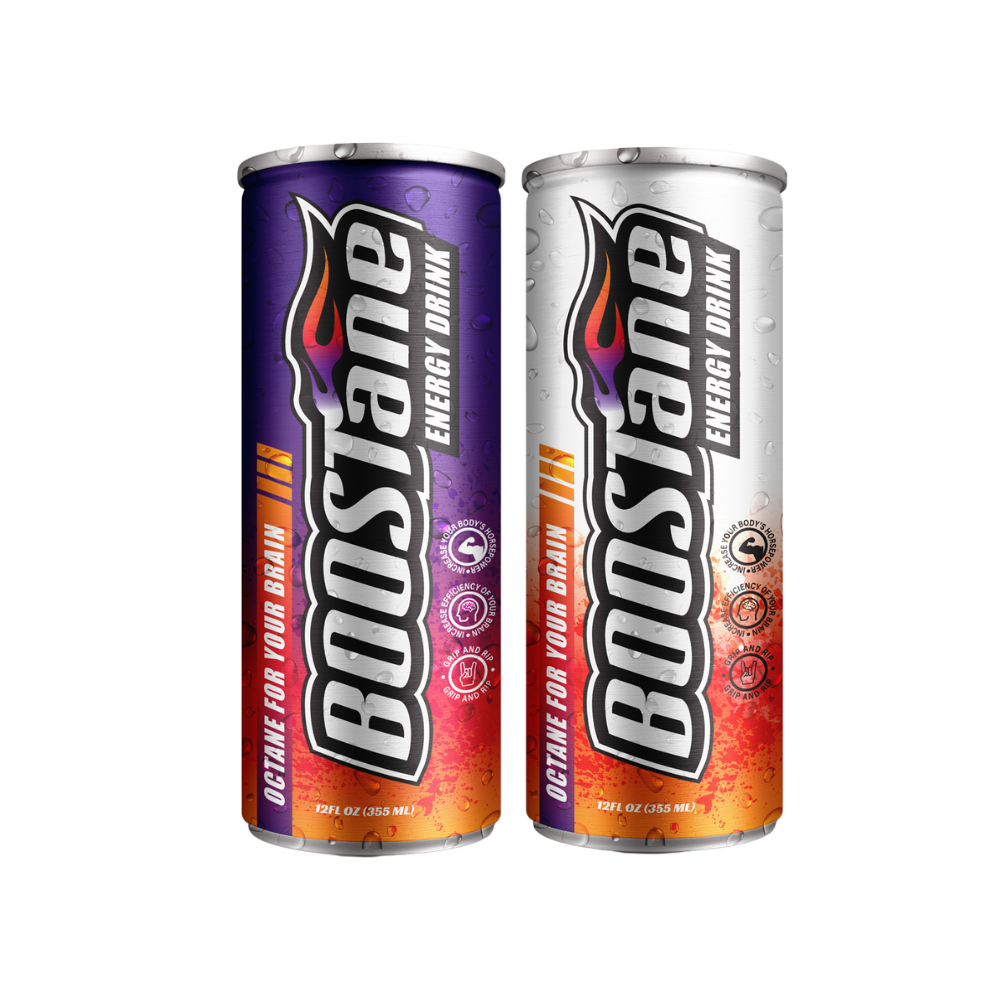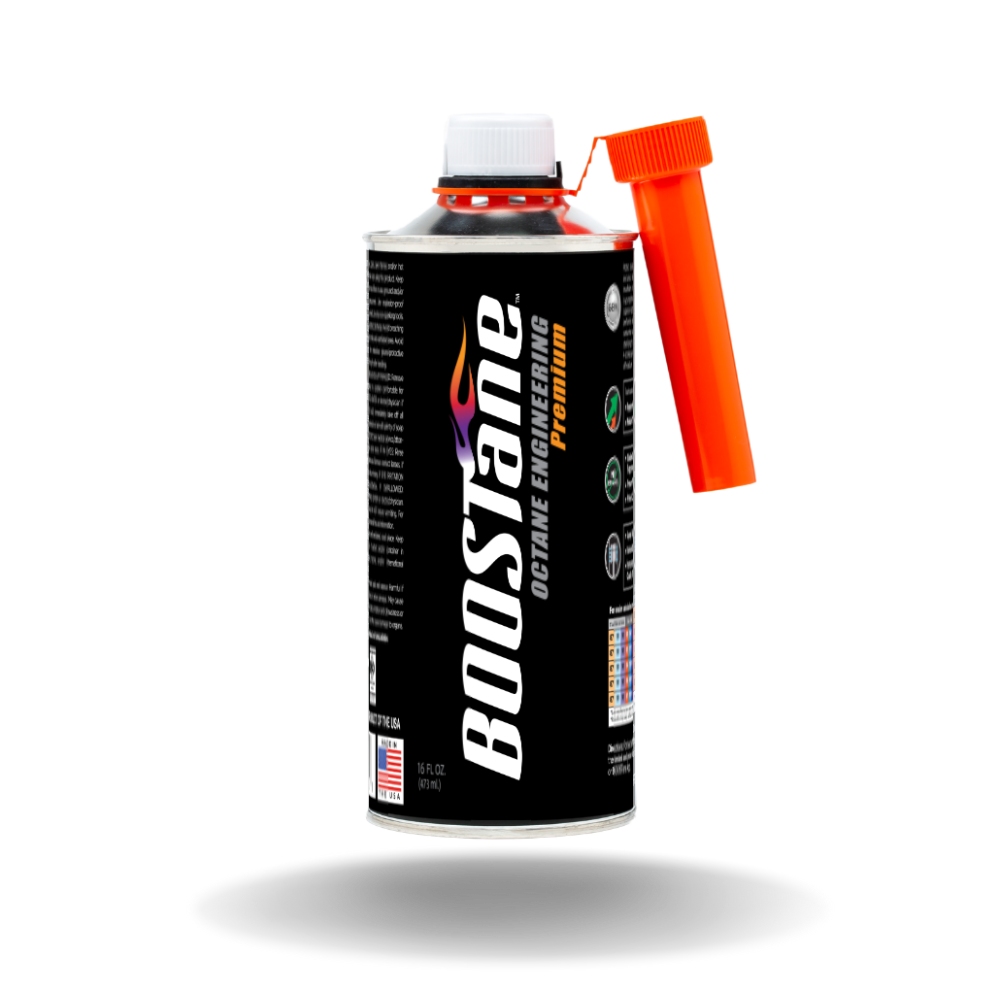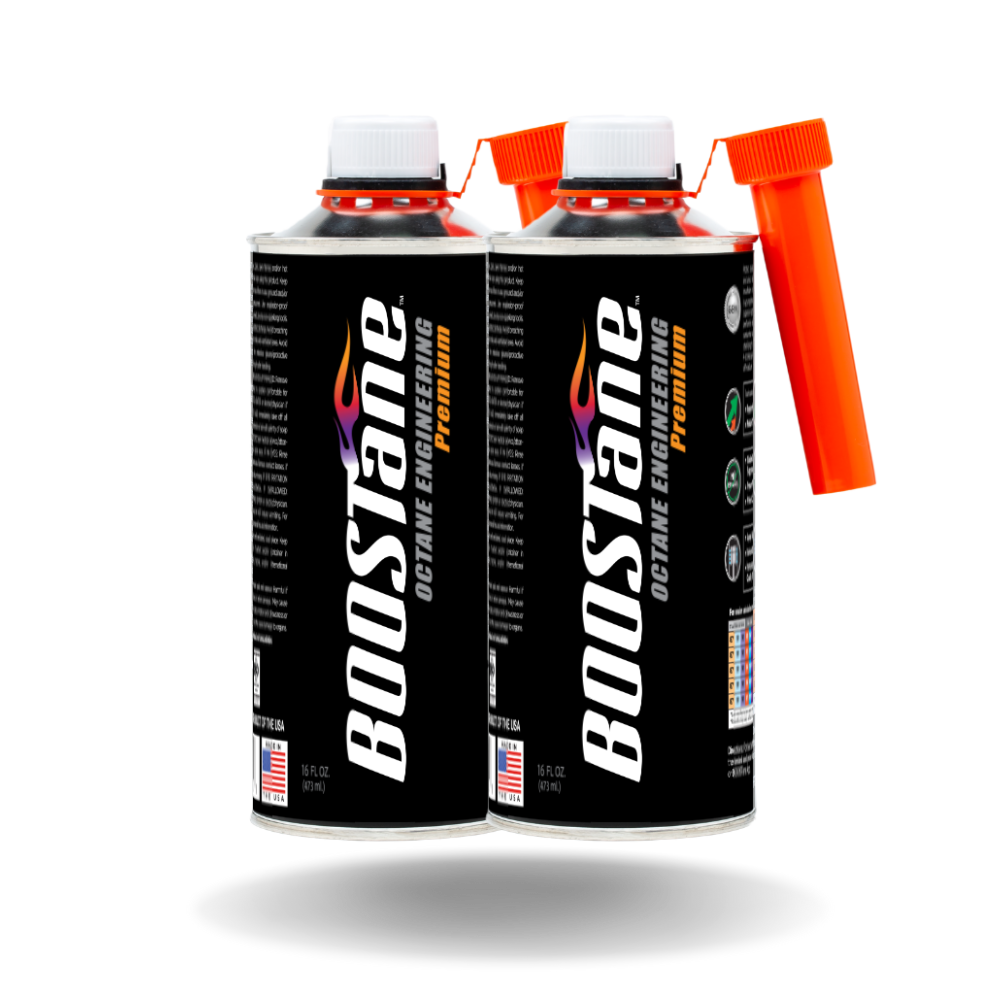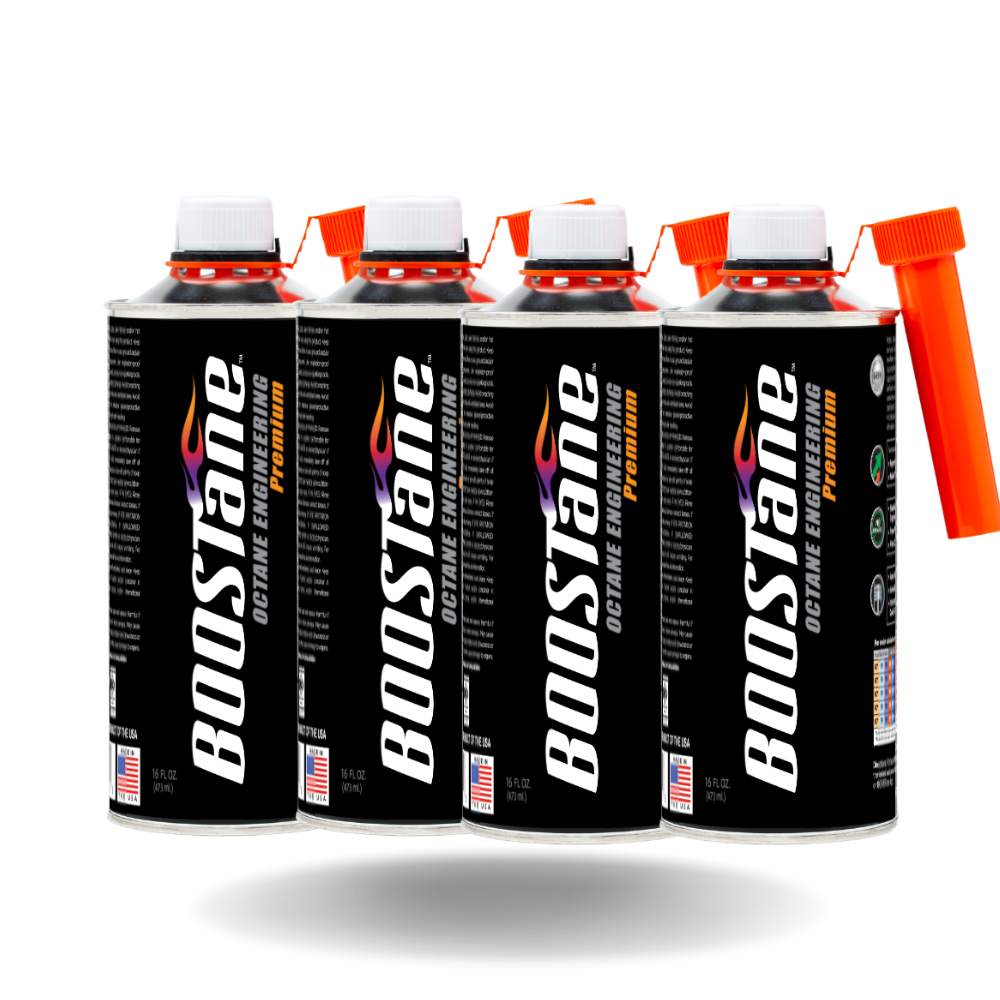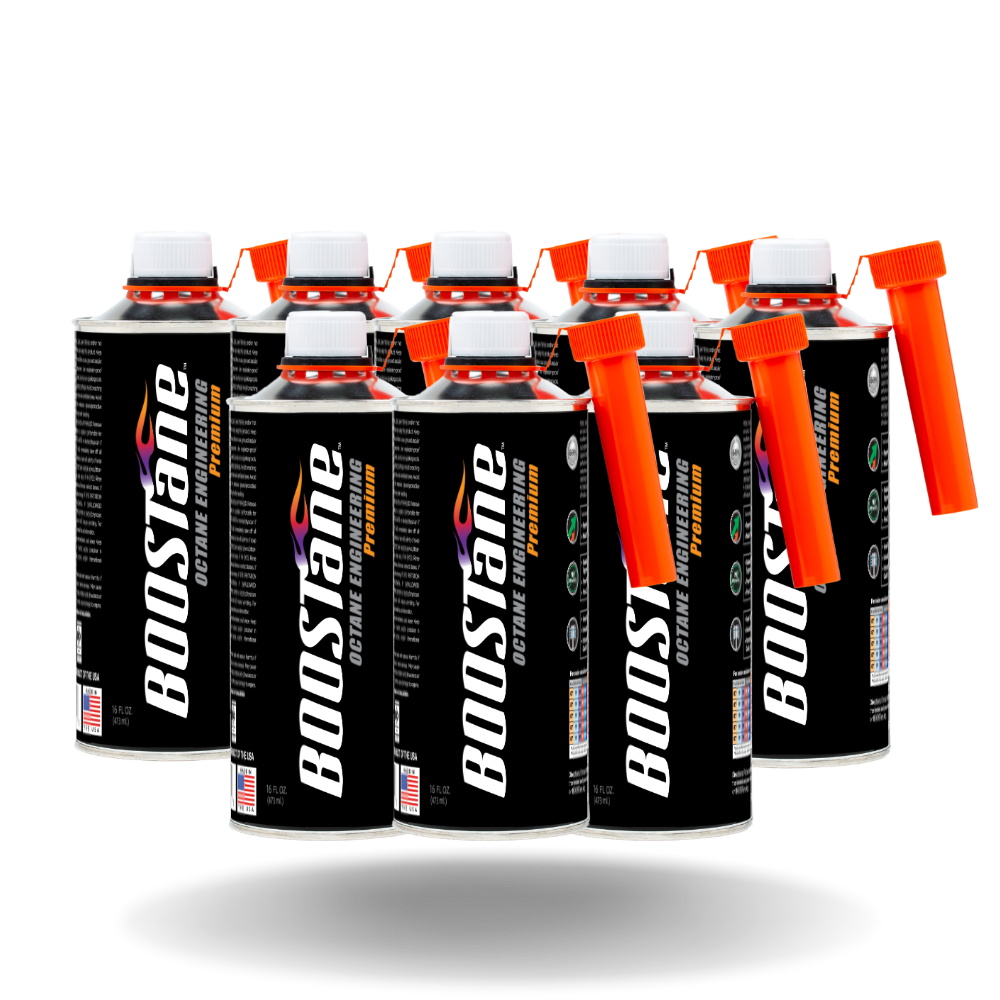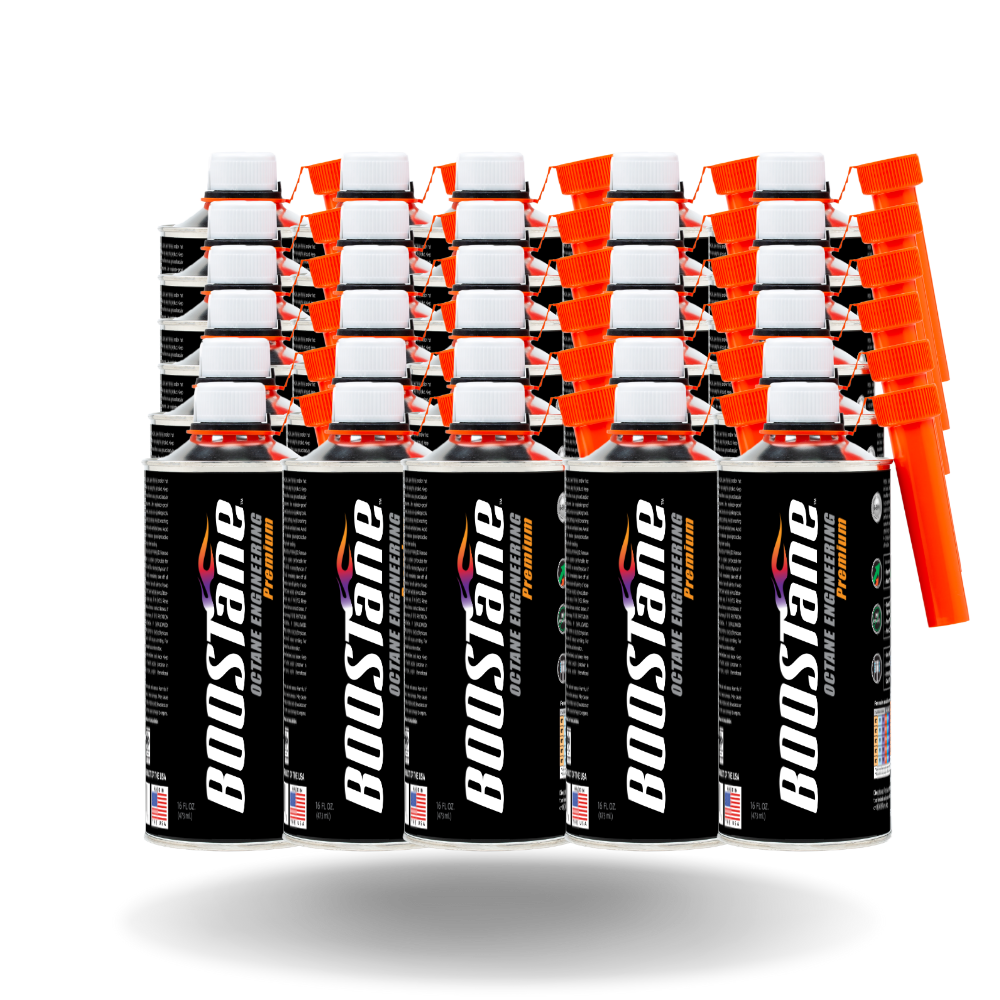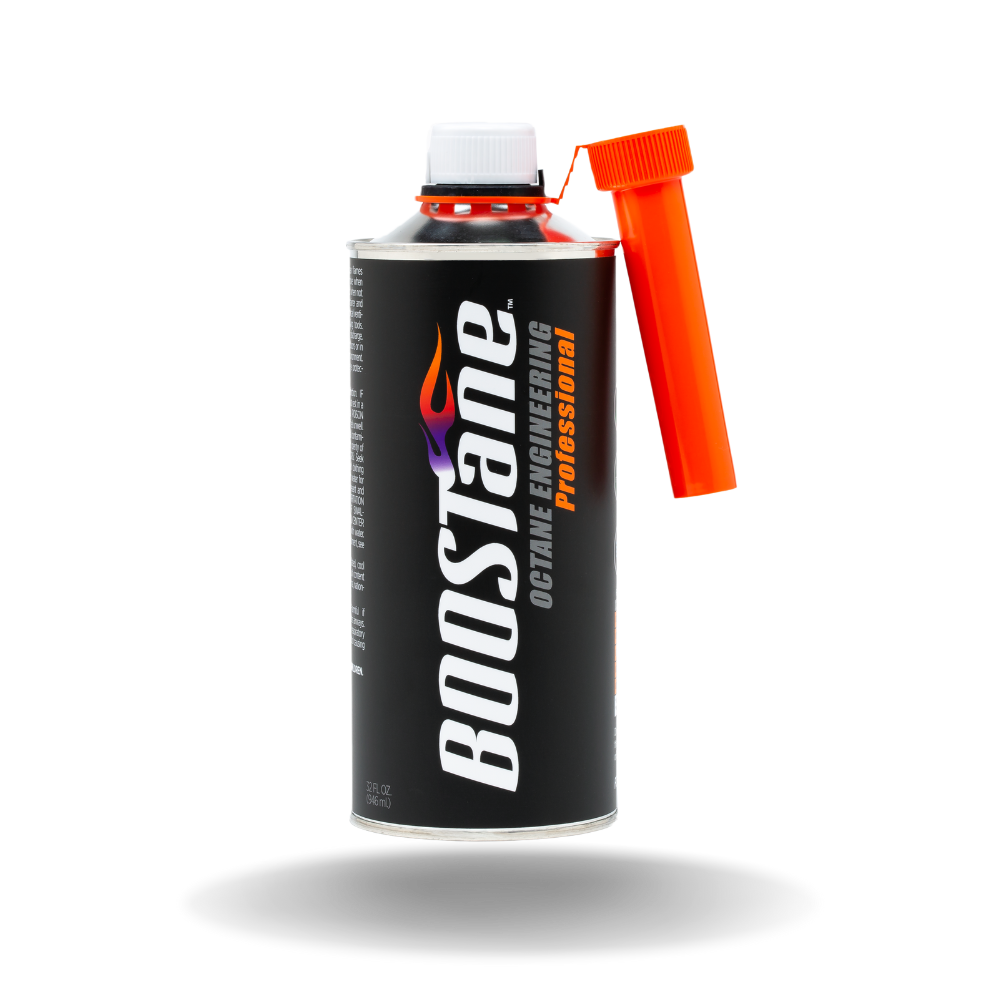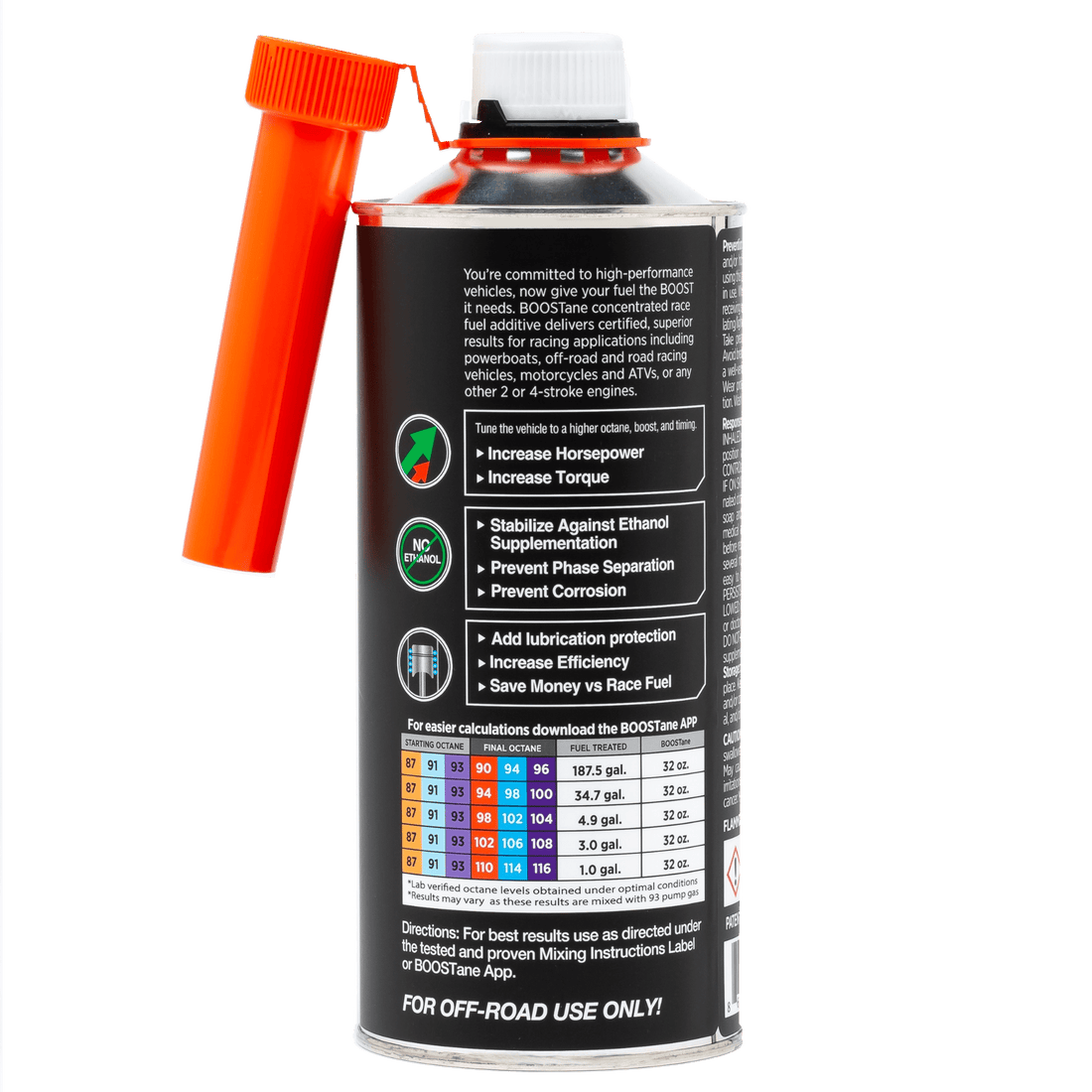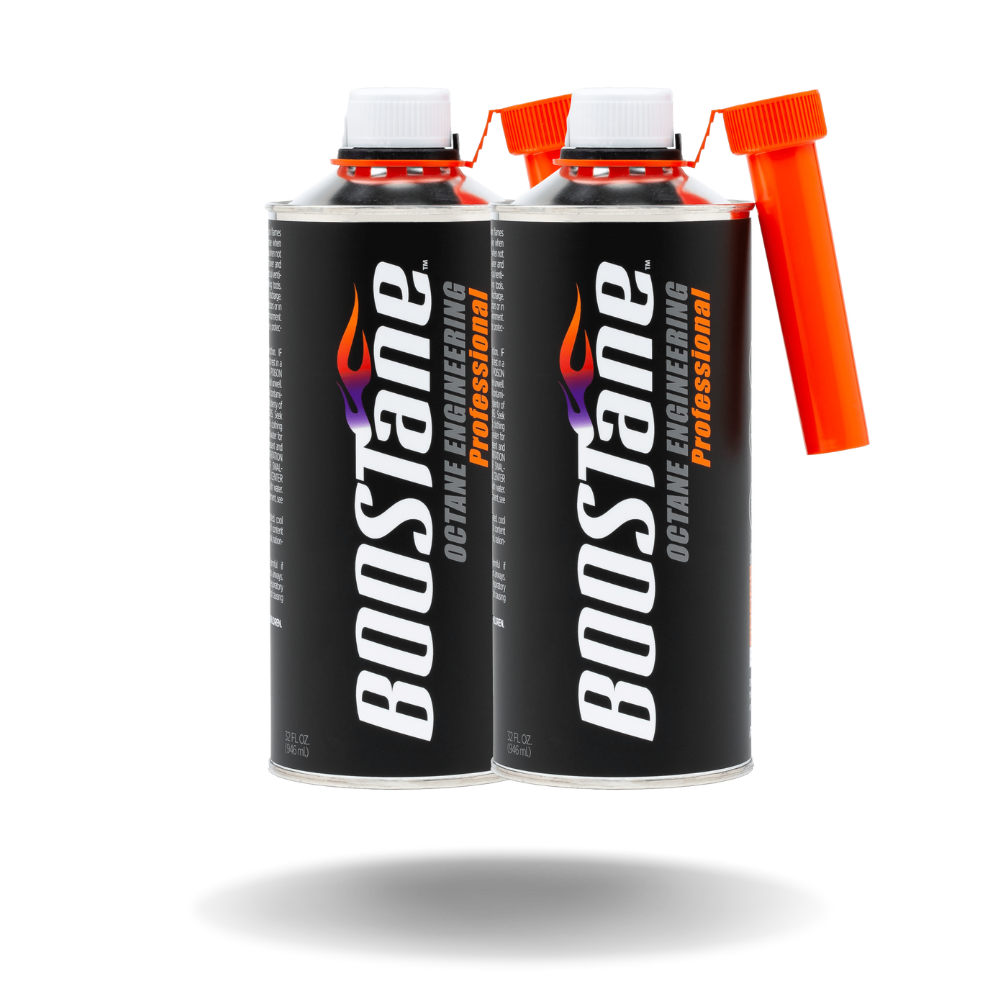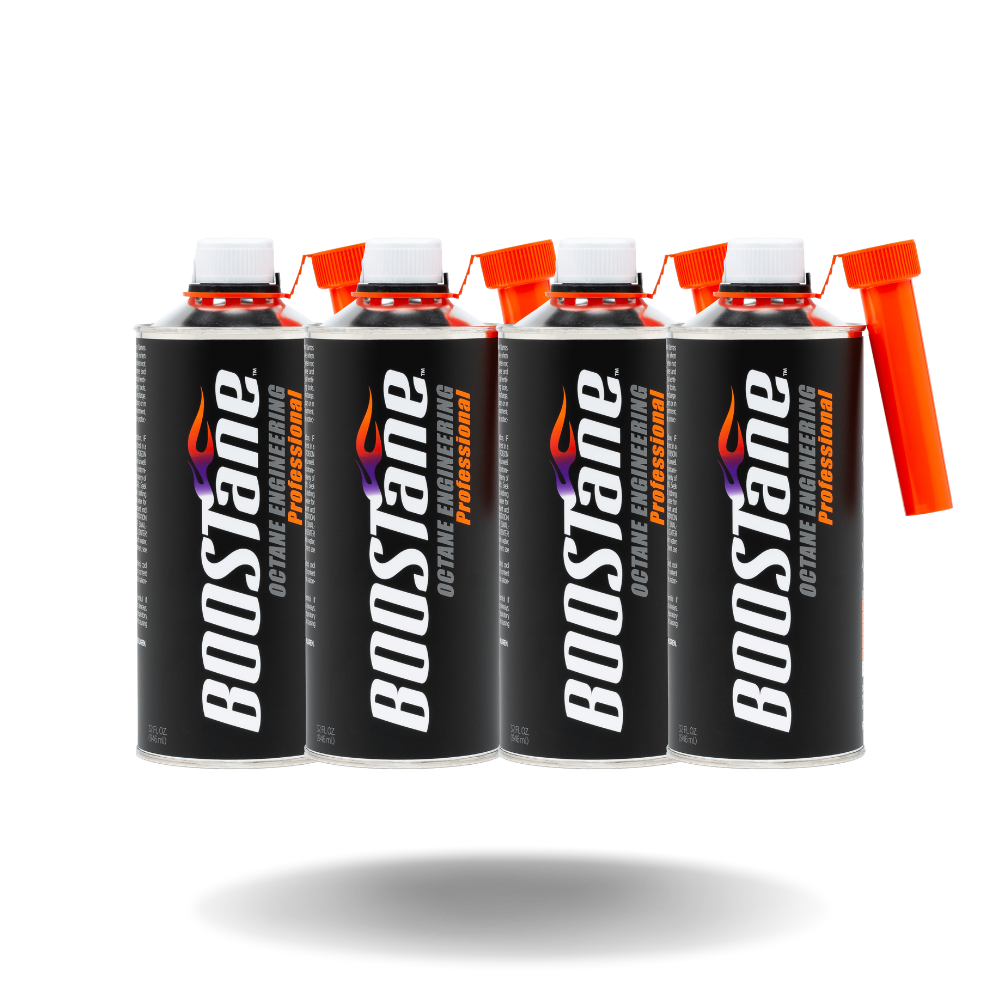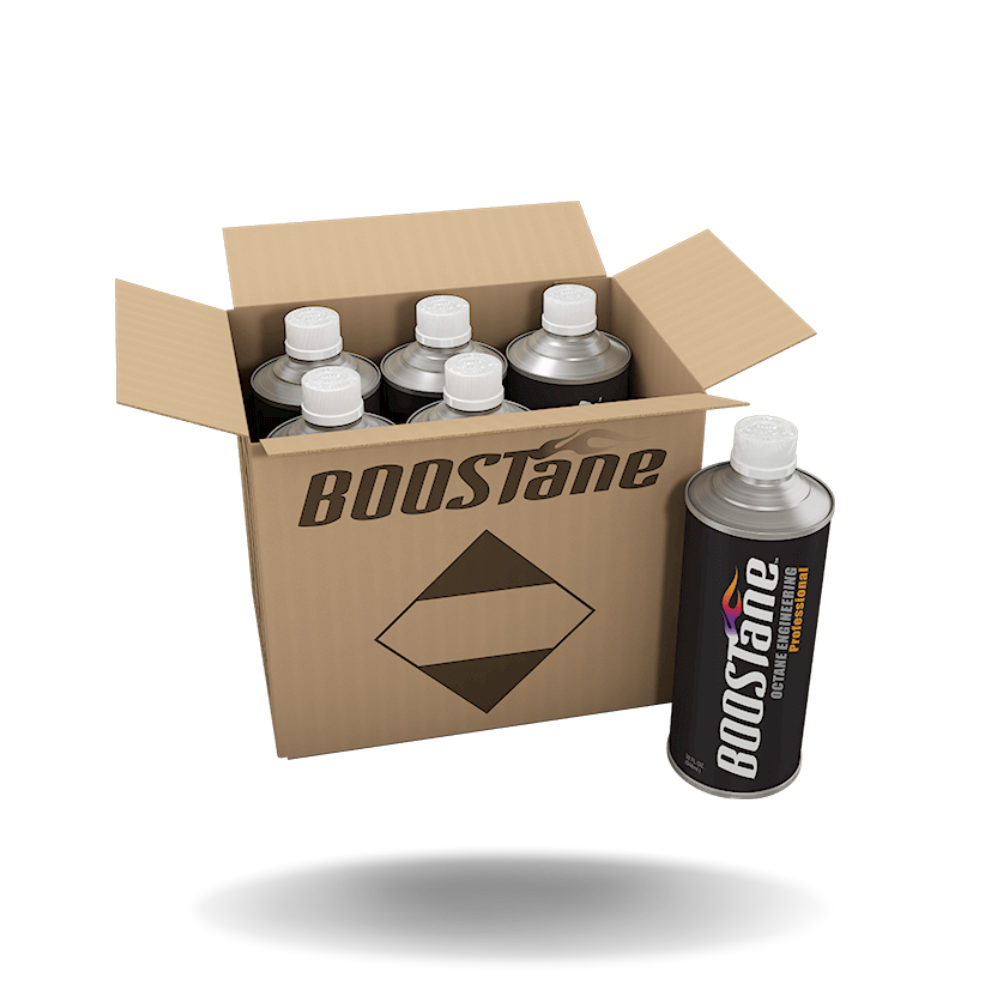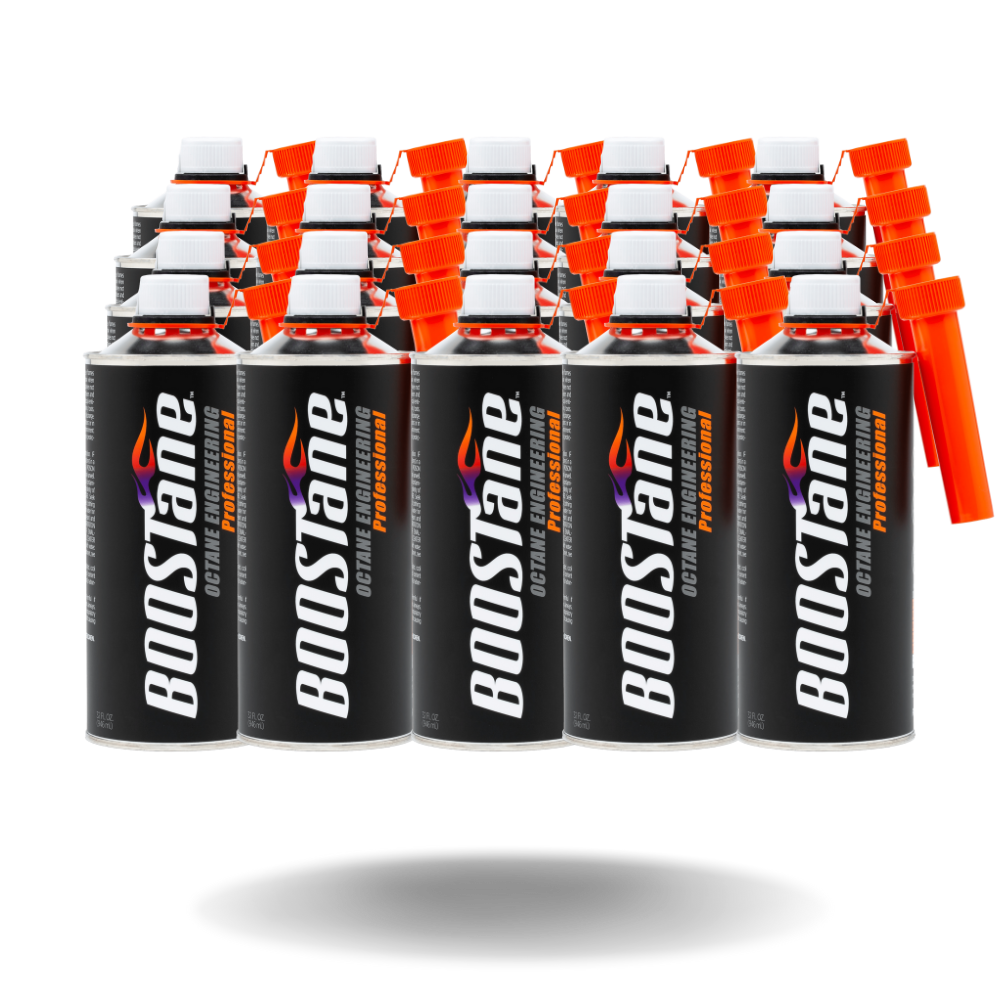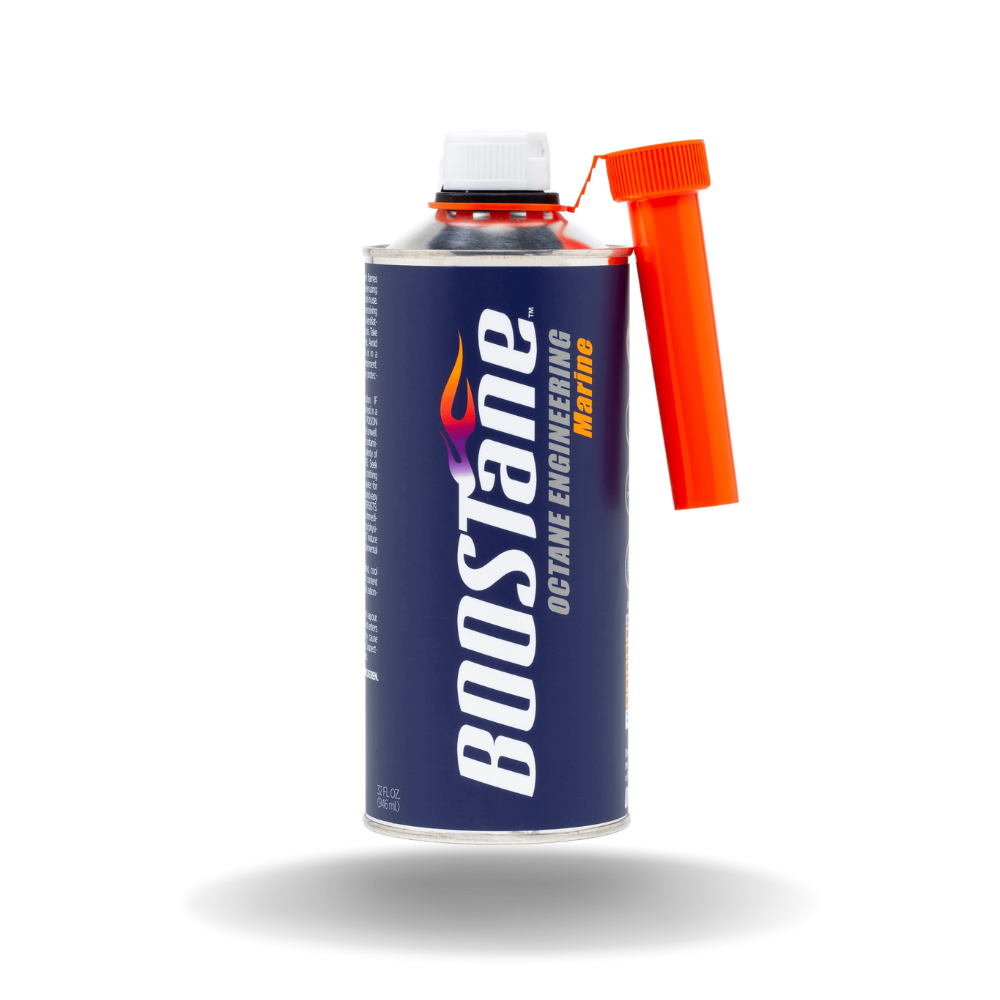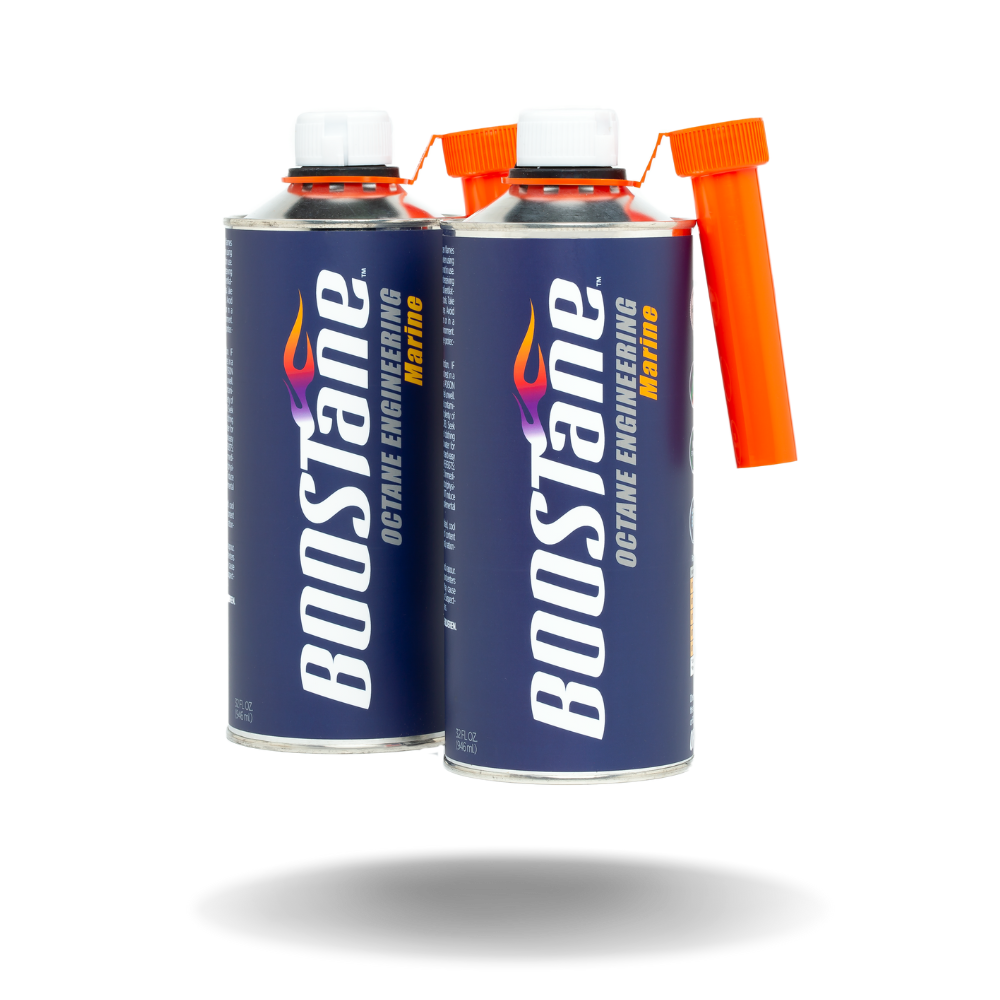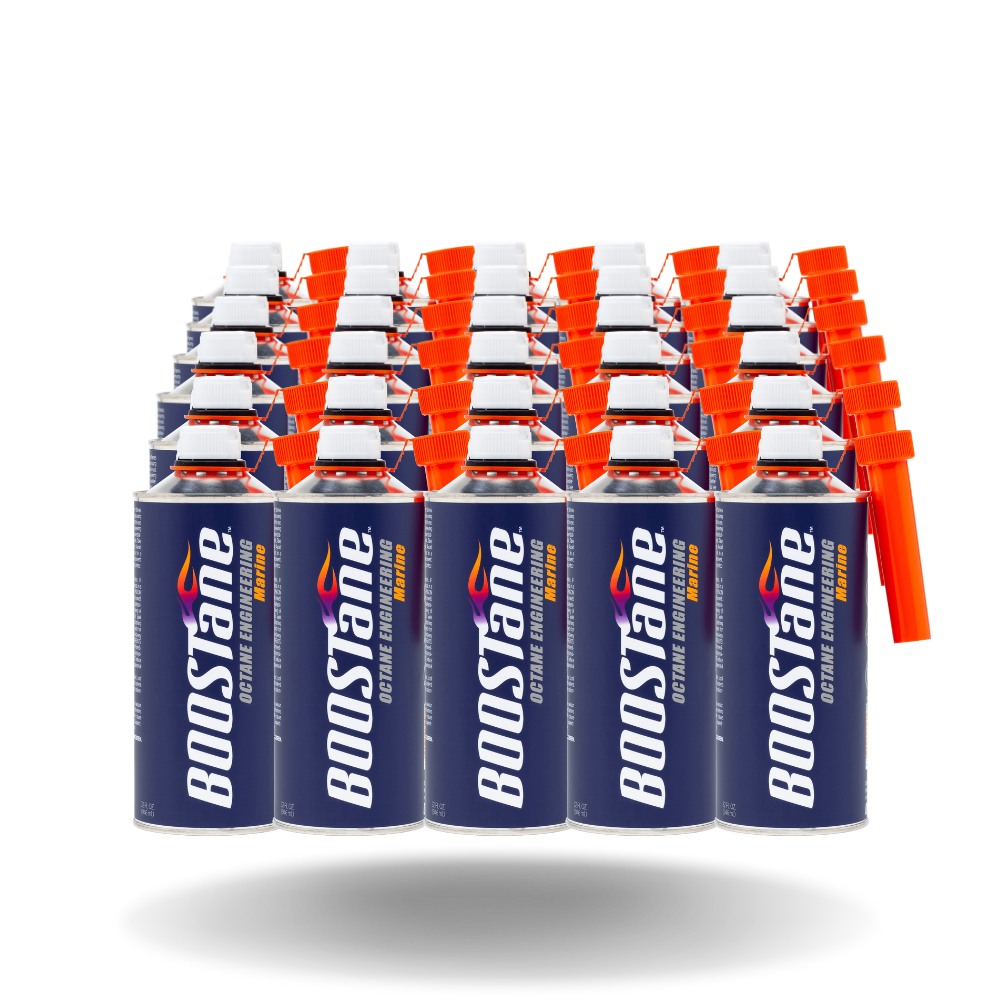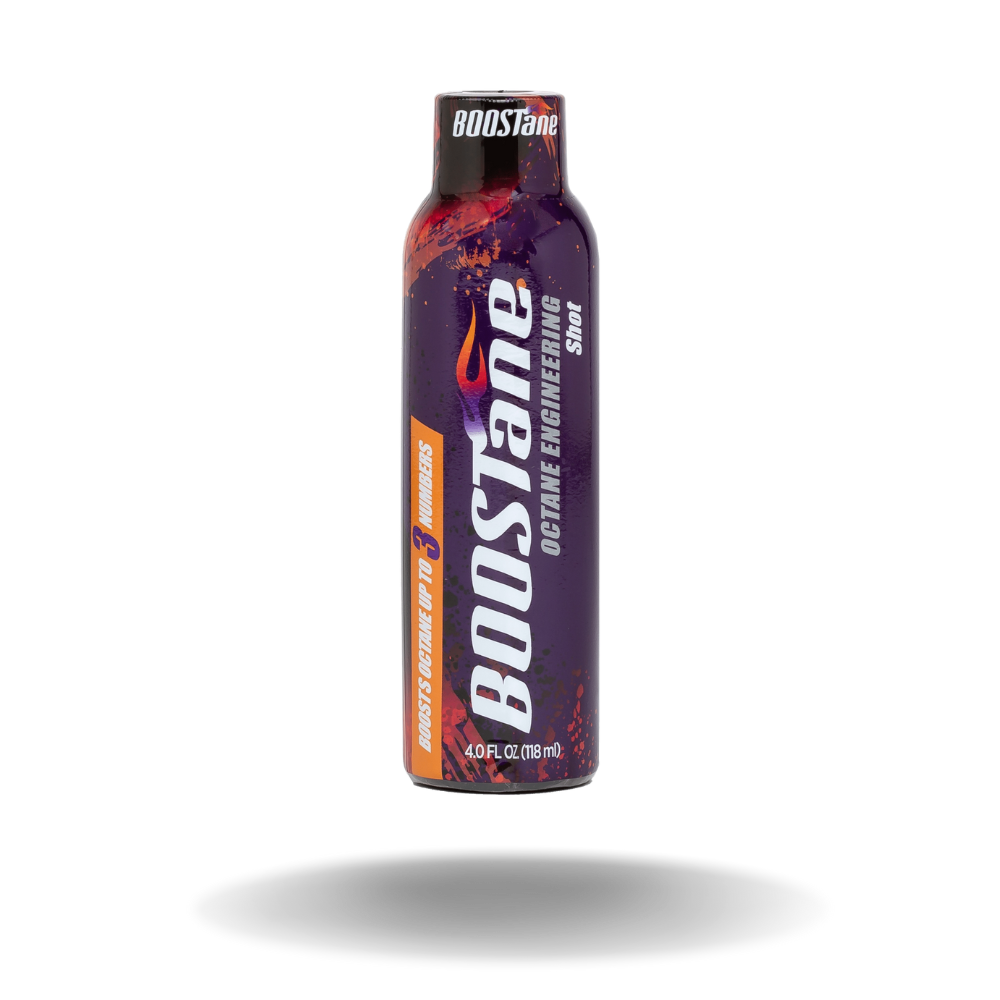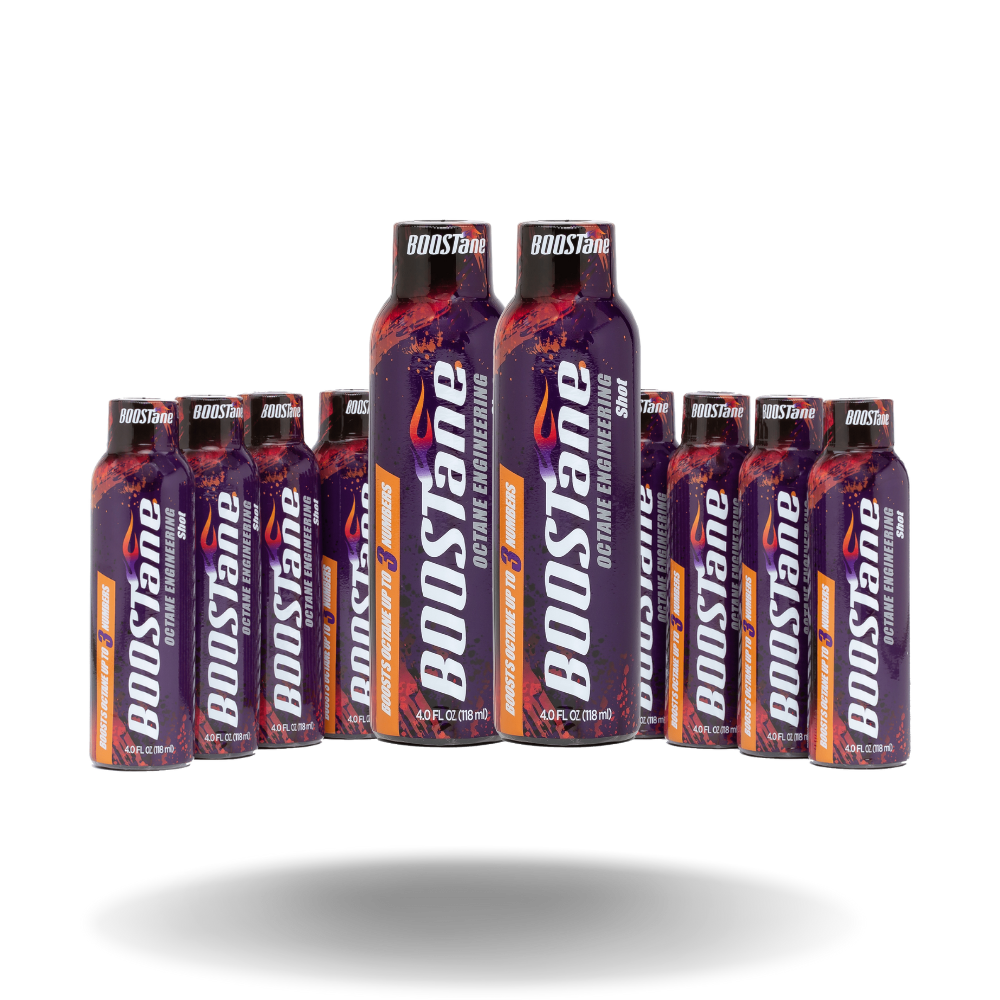Medium
SUPERCHARGERS vs. TURBOCHARGERS
SUPERCHARGERS vs. TURBOCHARGERS
Learn the Difference
The intention with this article is to shed some light on the theories behind turbocharging the modern engine, and the wonderful advantages it gives us in both speed and basic engine design issues. This post is also to try and give people a better understanding of supercharger systems and how they work to make such a simple thing as an engine even simpler (speaking in terms of tuning). I personally am tired of seeing people bicker over the differences between the two basic designs, and would like everyone to note the vast similarities among them instead.
So without further delay… I will start with this simple statement: “It makes no sense to build a naturally aspirated engine if what you are looking for is good power output.” To understand why this is so obviously true, we need to break the concept of an engine down into its simplest parts. There are 4 main parts to an engine that concern airflow:-the induction system-the cylinder head(s)-the exhaust system-the camshaft(s).
Now if you think of the engine in terms of airflow and forget about fuel for a minute, it becomes a very simple matter really. What we want to do is best flow air through the cylinder head, from the induction system to the exhaust system and then out into the world again. This is best & most naturally accomplished by pressure variation, because as almost anyone with a high school education knows, air naturally flows from areas of higher concentration (pressure) to lower concentration (pressure).
Now let’s assume for a minute that we are talking about an engine at or near sea level, well we can just forgo the exact physics of things and say that at both the induction system’s inlet & the exhaust’s outlet we have equal pressure (just under 15psi absolute pressure).
So in order to flow air into this system we must always be working a balancing act between the three fundamental sections of the engine, which are exposed to each other only through the camshaft’s orchestration of the valves. So forget everything else you know about engines and start thinking of what’s under your hood in this way for the rest of this post.
NA ENGINES (naturally aspirated)
These must work within a maximum pressure variation of 0psi (which is really hard to create without massive pumping losses) and 14.7psi (maximum atmospheric pressure @ sea level). To add to the basic problem of how to flow air into and out of this system, both ends of the system start out at the same pressure, meaning air doesn’t naturally want to go IN or OUT. This can be accurately termed as a “pain in the ass”.
Now engineers and enthusiasts alike have long been fascinated with how to make power from this setup, but I am talking specifically about supercharged engines here, and as I already stated “It makes no sense to build a naturally aspirated engine if what you are looking for is good power output.” So forget about how you can best accomplish this through piston movement and it’s effects on cylinder pressures, and understand that it’s just a whole lot easier to get an engine to work if it’s supercharged.
FI ENGINES (forced induction)
From a pure engine design standpoint, it makes MUCH more sense to pressurize the intake system than to run NA. When only the intake system is running under pressure well above atmospheric, it becomes perfectly obvious that air is going to want to flow through the engine exactly the way we want it to, and both cam timing & exhaust sizing becomes much less important to getting the system to work right (as it was before in NA setup).
The air will naturally want to flow into the cylinder head, and then after the very strong power stroke (thanks to all that air) it will naturally want to flow out into the lower pressure exhaust system afterwards. Everything in the engine will be working at pressure above atmospheric and the pressure differences will be greatest in the induction system, so all air will want to exit out the tail pipe quickly and efficiently.
One other thing should be said here: turbos technically ARE superchargers. A supercharger is ANY device that pressurizes the intake to above atmospheric pressure, and turbos do this exactly like superchargers do. The only difference is in how a turbo gets the energy necessary to perform it’s job, and also that the turbo contributes to supercharging the exhaust system (or more accurately a portion of it, the exhaust manifold).
THE CASE FOR SUPERCHARGING
Since a crank driven s/c (s/c = supercharger) is what people are normally talking about when they use the term supercharger, I will no longer say “crank driven” to make the distinction between it and a turbo. Now using a supercharger makes a ton of sense simply because it only has a direct effect in pressurizing the engine on the side we want it to, the induction side. Since pressures will always be higher here than in any other part of the system (except of course during the engine’s power stroke, but that’s always sealed off from the rest of the system so we can forget about that complexity), it’s very easy to make this combination a powerful one.
NA engines often use large amounts of valve overlap to get the whole system to work properly at higher RPM, which has obvious drawbacks in that it’s possible for the intake system and exhaust systems to interact in a negative way (since they operate at similar pressures). It’s sometimes just as easy to get air flowing backwards through the system as it is to go forwards in an NA setup, which is one reason camshaft choice is so important to where in the RPM band best power will be produced.
And here is where the beauty of supercharging is; neither valve overlap amounts nor perfect exhaust system designs are completely essential to keep everything flowing in the right direction. No matter how long the exhaust is exposed to the intake system through valve overlap, air should NEVER pass backwards through the system unless the supercharger stops working.
THE EVIL OF SUPERCHARGING
The evil of supercharging is that some of the power we finally get from combusting the air/fuel mixture must go back into powering the supercharger. So here we have designed this whole system that works so well, yet we have to power it with some of our hard earned torque. This is not a good thing, but then again nothing so simple is ever going to come for free. Do superchargers work? Of course they do, which is why many racing engine uses the technology unless the rules prohibit it. The net result is more total power from the system, but a portion of this power must be sapped from our output to make it all work.
THE CASE FOR TURBOCHARGING
This section is easy to write, because it’s exactly the same thing as the supercharger portion. We have all of the same advantages, except for one major benefit. That benefit is that turbocharging runs off what is largely wasted energy, so that damn drawback of needing to power the system with some of our hard earned torque is removed. In this way, a turbocharger addresses the one main drawback to using a supercharger, but as you will see in a second the supercharger addresses the one main drawback of turbocharging.
THE EVIL OF TURBOCHARGING
Hopefully you now understand why it makes so much sense to forgo designing engines for NA use and just supercharge the sucker instead, at least when we are talking about how to best make power. And if you have been following what I have said, you will also understand the bad effect turbos have on our little perfect world of pressure variation.
A turbo is an ingenious little design that harnesses the wasted kinetic energy we dump out through the exhaust system to actually force more air into the engine. This is good for the same reasons that supercharging is good, but it has one major drawback: it of course increases the pressure within a portion of the exhaust system.
While turbocharging a motor increases the amount of air that can be flowed into it, it has a negative effect on how easily we can flow it back out again. This weakens our positive pressure difference between these two fundamental sides of the engine, and causes both cam timing & exhaust system design to again become extremely important to making good power. This is most certainly not a good thing, but can a turbo overcome this drawback with the other inherent good it possesses?
It certainly seems so, because in most current forms of racing where the rules don’t prohibit the use of turbos or slap restrictions on their use, the turbo reigns supreme in terms of engine power output. Now I didn’t post this to make a statement about which system will work better for your intended use, because the answer is (as usual) “it depends”. Sorry, but if there was such a clear cut answer do you really think people would still be debating this topic?
A long time ago someone would have proven everyone else wrong, and either turbos or superchargers would no longer exist. Remember, these systems were designed and in use on production vehicles long before most of us were born, so it’s not like this is a new debate.
The purpose here is to educate people on exactly why we would want to supercharge or turbocharge an engine in the first place. Also I wanted people to see, from a basic and theoretical perspective, how each system is different in its function and it’s relative pros & cons. Hopefully this discussion of basic theory helped some of you come to a better understanding of FI engines, and that my leaving out any real world examples actually made it easier to understand.
Superchargers: Compressor Design and Choices
There have been several different supercharger designs used in automotive history, but only a few remain in common use today. This discussion will explain how each works and give some basic information on the advantages/disadvantages of each.
ROOTS COMPRESSORS
The first economical superchargers used in the automotive aftermarket were of this type, being the GM X-71 blower designs. Racers and engineers alike quickly realized the power potential of the design, and gradually learned to make the most of them for serious increases in power.
The roots type supercharger is a very simple one, basically being a paddle wheel of sorts for airflow. It is considered a positive displacement supercharger, meaning it’s operation guarantees a certain amount of airflow regardless of RPM. In this respect they are much like an engine (a big air pump itself), with a measurable working volumetric efficiency. Inside the blower case are two rotors, each with a minimum of two lobes per rotor.
The original designs used straight lobes running the length of each rotor, with air induction coming from a whole at the top of the unit. They also had loose internal tolerances that hurt performance and efficiency, as well as creating excess heat from friction. Some of these old designs had typical thermal efficiencies below 60% (called adiabatic efficiency,: the ability of an air pump to come as close to ideal in terms of pumping performance as possible), putting them at the bottom of the scale in terms of supercharger efficiency.
More modern designs first added a third lobe to each rotor, then twisted them axially for greater efficiency and less noise. Advances have also been made in how air flows through the housing, with modern designs pulling air in from the rear of the unit, and pumping it through carefully designed outlets for increased performance. Internal tolerances have also been improved greatly, and better lubrication/sealing of the units has become commonplace.
Eaton Corp. has nearly perfected the originally inefficient design, to the point that it’s thermal efficiency is the best in the business, and nearly on par with other designs. The pros of using the roots type compressor include… -positive displacement design makes matching engine airflow demands easy-positive displacement design makes boost production possible at very low engine RPM -simple operation provides nearly unmatched long term reliability -simple integration of a bypass valve prevents most parasitic drag on motor when not boosting -easy installation of an aftermarket design to most engines.
The cons are few, but notable… -thermal efficiency of this design is inherently lower than others -large compressor design makes placement and/or drive assembly hard to fit in cramped engine bays-heavy internal parts mean high parasitic losses when boosting-large size and difficulty of placement can make it hard to add an intercooler
LYSHOLM COMPRESSORS
Also called screw compressors, these offer all the advantages of roots type blowers and then some. This design’s pros and cons are very similar to Roots s/c’s, with one major difference; efficiency. Typically these compressors have peak adiabatic efficiency at or above centrifugal designs.
Externally these look nearly identical to the current Eaton design, but internally they do have some differences. The main difference between roots and lysholm compressors is in how the two rotors interact in the supercharger housing; being that the roots rotors really don’t. Lysholm compressors have the familiar two rotor, twisted lobe design, but each usually has 4 lobes instead of 2 or 3, and each rotor’s lobes have their own specific shape.
One rotor will have thin blade style lobes with a fat ridge on top, while the other will have fat teardrop shaped lobes with a sharp edge. As the two rotors spin, the lobes interlock to form nearly airtight sections within the supercharger housing. This interlocking and sealing action is where the design gets it’s advantages over roots blowers, being better thermal efficiency and much improved high pressure boost performance.
Roots designs don’t seal internally very well between the lobes of each rotor, and so are prone to leak air out of the system as they operate. This is partially why they have inherently lower thermal efficiencies than other designs, and entirely why they don’t perform very well in high boost situations.
Put simply, the greater the pressure difference between one side of the supercharger and the other, the more leaking of air occurs. This increases air turbulence, lowers flow potential, and limits efficiency all at once. Lysholm compressors combat this through the basic rotor design, and they have been proven to work very well.
CENTRIFUGAL COMPRESSORS
These are by far the most common compressor design in use today, due to it’s excellent efficiency and small size. Turbochargers are where you normally see this design being used, however companies like Vortech, Paxton, Powerdyne and others have very good crank driven designs available.
These compressors work by using a vaned wheel (that looks a whole lot like a flattened fan) which spins inside a specially designed housing. At high RPM, this wheel sends air screaming outwards from the center inlet, where it’s captured by the scroll of the compressor housing (the snail shell looking thing) and directed to the outlet on the big end of the scroll. This initial outward motion of the intake air is what makes the design work, because in essence it’s just a large air centrifuge relying on high air speed and RPM to work.
Basically as the air slows down in the scroll and beyond, it gains in pressure and temperature, thus creating our compression. One thing to note is that this isn’t a positive displacement compressor design. It doesn’t have a reliable airflow amount based on any RPM, because it’s very design only flows air efficiently at high RPM. Crank driven centrifugal compressors generally operate around 60,000 RPM maximum, while turbocharger compressors can exceed 120,000 RPM. So although these compressors are very efficient at high RPM, they are largely ineffective at creating meaningful boost at lower RPM.
This concept is called surge limit, and measures the airflow rate of the compressor into a pressurized path vs. its RPM. If you’ve ever seen a compressor map for a turbocharger, that upper line extending across the turbo’s efficiency area is this concept in action. It’s at that point in the airflow vs. pressure scale where the compressor can no longer flow air into the system. The pros of using a centrifugal compressor include… -very high adiabatic efficiency levels over large flow rates -low levels of parasitic drag vs. boost produced -many different sizes available to precisely match engine’s airflow needs -light weight and small design make fitment easy -ease of fitment makes intercooling very easy to add.
The cons of using a centrifugal compressor include …-high compressor RPM means lower long term reliability -high compressor RPM means internal tolerances must be very exacting -inability to be driven at high RPM during low speed engine operation make boost available only at moderate RPM (though there are ways around this) -no simple way to control boost levels on crank driven designs, limiting compressor RPM vs. engine RPM choices (thus compromising boost response)
TECHNICAL ARTICLES
Overview: Supercharger vs. Turbocharger
By Brian Ferrari

